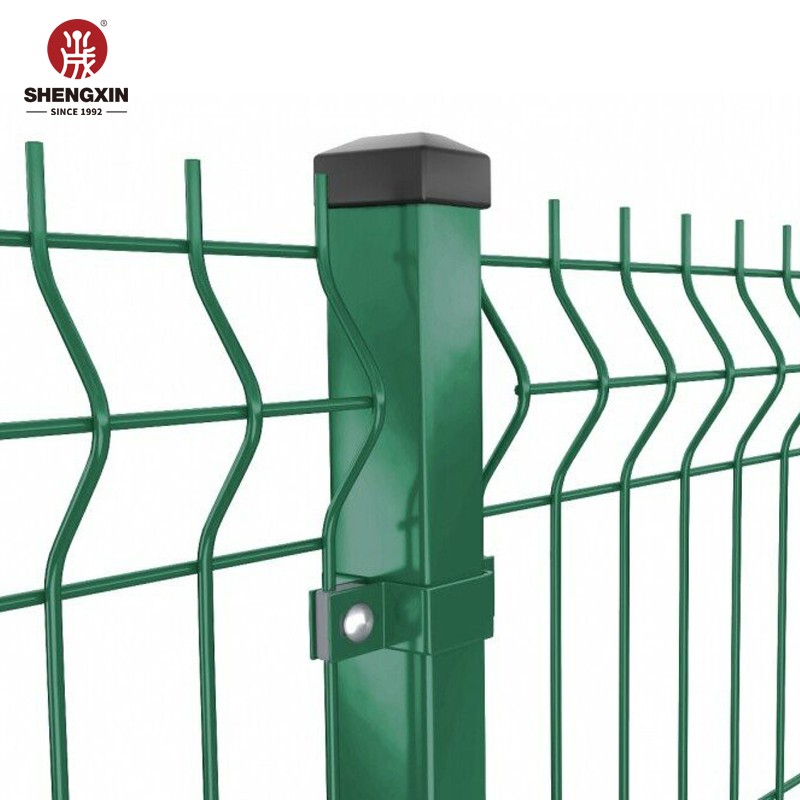
Říj . 30, 2024 23:25 Back to list
chain-link fence back gates products
Exploring Chain Link Fence Back Gates A Comprehensive Guide
When it comes to securing your property while ensuring ease of access, chain link fence back gates stand out as an essential component. These gates are not just functional but also add an element of flexibility and usability to your fencing system. In this article, we will explore the various aspects of chain link fence back gates, including their benefits, types, installation, and maintenance.
Benefits of Chain Link Fence Back Gates
One of the primary advantages of chain link fence back gates is their durability. Made from galvanized steel or coated with vinyl, these gates can withstand harsh weather conditions and resist rust and corrosion. This longevity makes them a cost-effective choice for homeowners and businesses alike.
Another significant benefit is visibility. Unlike solid wood or vinyl gates, chain link gates provide a clear view of the surroundings. This transparency can enhance security, allowing you to see potential intruders or wildlife approaching your property. Moreover, chain link gates allow pets to enjoy the outdoors while keeping them safely contained within your yard.
Types of Chain Link Fence Back Gates
Chain link fence back gates come in various designs and sizes to meet different needs. The most common types include
1. Single Gates Ideal for residential properties, these gates are typically 3 to 4 feet wide. They allow easy access for individuals and small equipment.
2. Double Gates Suitable for driveways or larger passages, double gates offer wider access points, often ranging from 8 to 16 feet. They are perfect for vehicles, trailers, or larger equipment.
3. Rolling Gates For properties with space constraints, rolling chain link gates can be a great solution. These gates slide open and closed, requiring minimal space and providing a seamless transition.
chain-link fence back gates products

Installation Process
Installing a chain link fence back gate is a straightforward process, but it requires careful planning. Here are the basic steps involved
1. Measure the Opening Determine the size of the gate needed by measuring the opening accurately. Consider any slope or uneven ground that might affect installation.
2. Prepare the Site Clear the area where the gate will be installed. Ensure that the ground is level and free of obstacles.
3. Install Gate Posts Set the gate posts in concrete for stability. Ensure they are properly aligned and can support the weight of the gate.
4. Attach the Gate Once the posts have cured, hang the gate on the hinges attached to the posts. Ensure that it opens and closes smoothly.
5. Test the Gate After installation, thoroughly test the gate by opening and closing it several times to ensure it functions correctly.
Maintenance Tips
To ensure your chain link fence back gate lasts for years, regular maintenance is essential. Check for rust or damage periodically. If you notice any signs of wear, consider applying rust-resistant paint or replacing damaged parts. Lubricating hinges and locks will ensure smooth operation and prevent them from seizing up.
In conclusion, chain link fence back gates are a practical solution for enhancing the security and accessibility of your property. With their durability, variety of options, and ease of installation, they present an excellent choice for homeowners and business owners alike. By understanding their benefits and properly maintaining them, you can enjoy a functional and attractive addition to your fencing system for many years to come.
-
868 and 656 Wire Fence Factory & Suppliers - Durable Security Fencing Solutions
NewsJun.24,2025
-
FENC 3D Mesh Fence – Durable, Secure & Easy Installation Custom Quotes & Factory Direct Supply
NewsJun.10,2025
-
Decorative Metal Fencing 3D Supplier – Custom Metal Screen Fencing Manufacturer & Pricelist
NewsJun.10,2025
-
High-Quality Metal Fence Panel - Durable Metal Brown Panel Fence Product & Exporter
NewsJun.10,2025
-
Lawn Chain Link Fencing - Durable & Affordable Solutions Secure Lawn Fences
NewsJun.10,2025
-
Heavy-Duty Metal Fence Posts for Deer Control Factory Direct Supplier
NewsJun.10,2025
